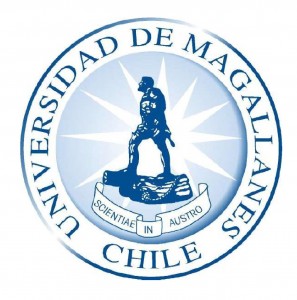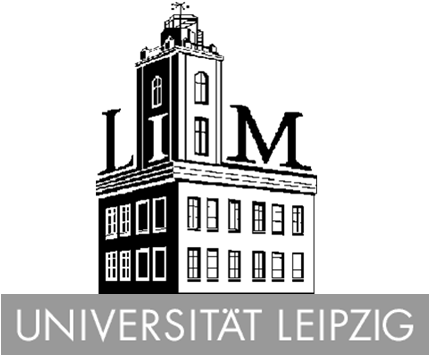Just in time with our return from Punta Arenas, our ACP article on the hemispheric contrasts in ice formation in stratiform mixed-phase clouds finally got published. Apart from an updated description, the most important outcomes in terms of ice formation in stratiform clouds are:
(1) The aerosol load at Punta Arenas is rather high for heights with temperature between -10 and 0°C, at colder temperature much less aerosol load. The pristine Southern Ocean is only sampled in the free troposphere.
(2) Frequent ice formation in cloud layers with temperatures at cloud top warmer -15°C if found. This is underestimated by (ground-based) lidar-only or satellite-based studies. Agreement with lidar-only studies can be achieved when introducing a ice-water-content detection threshold in the combined lidar-radar dataset.
(3) Coupling to the boundary layer increases the frequency of ice-forming clouds.
(4) Updrafts in gravity waves frequently activate liquid droplets (down to ~-35°C). When the wave is stationary/slowly propagating, the ice formation downwind is hidden to our instruments. These clouds bias the statistics, but can be identified with Doppler lidar vertical velocity observations.
(5) Correcting for the boundary layer coupling (3) and the gravity waves (4), a small difference between the three locations remains. This is likely related to a less frequent abundance of ice-nucleating-particles in the free troposphere of the southern ocean.
The article is available at:
Radenz, M., Bühl, J., Seifert, P., Baars, H., Engelmann, R., Barja González, B., Mamouri, R.-E., Zamorano, F., and Ansmann, A.: Hemispheric contrasts in ice formation in stratiform mixed-phase clouds: disentangling the role of aerosol and dynamics with ground-based remote sensing, Atmos. Chem. Phys., 21, 17969–17994, https://doi.org/10.5194/acp-21-17969-2021, 2021.
[mr]




